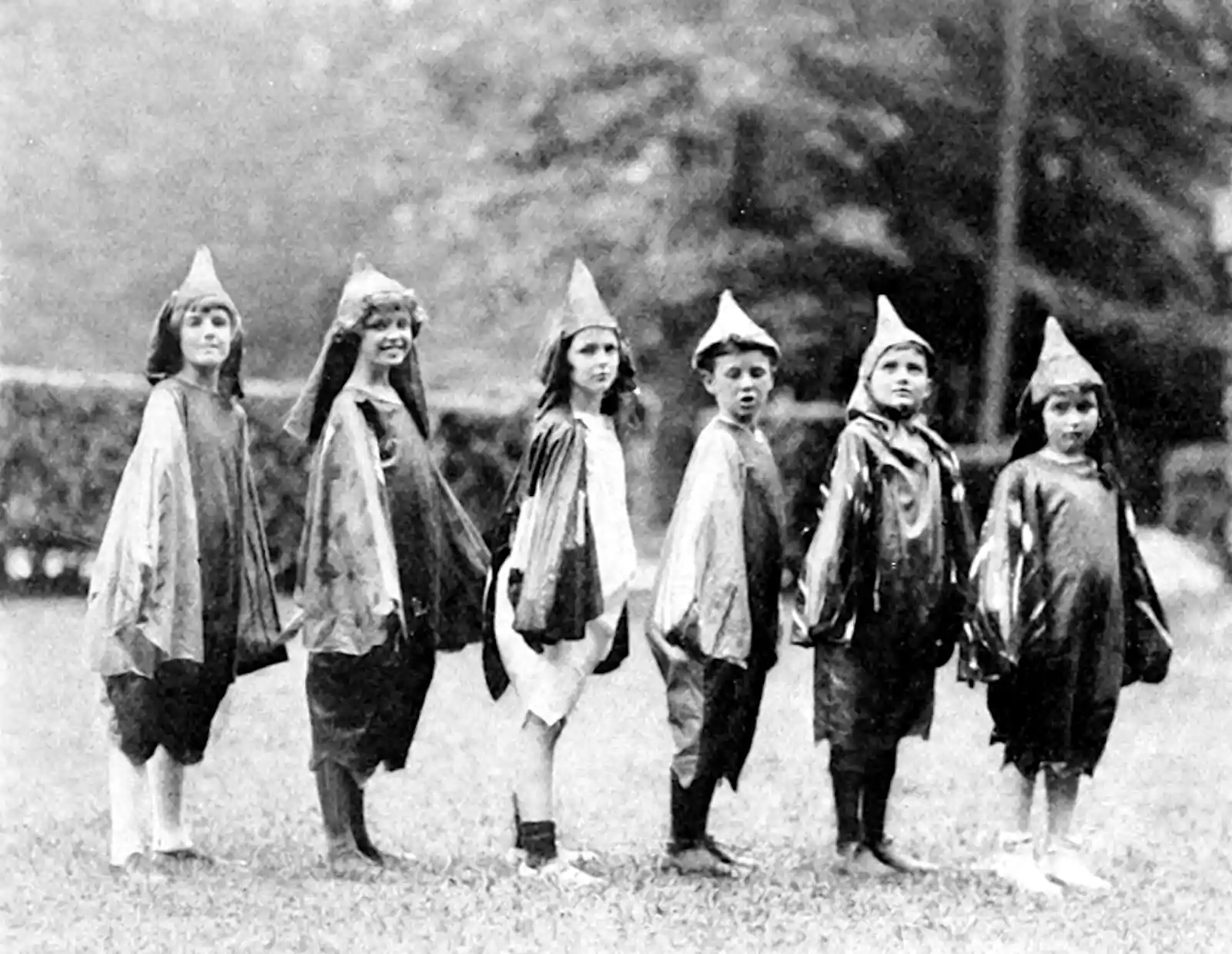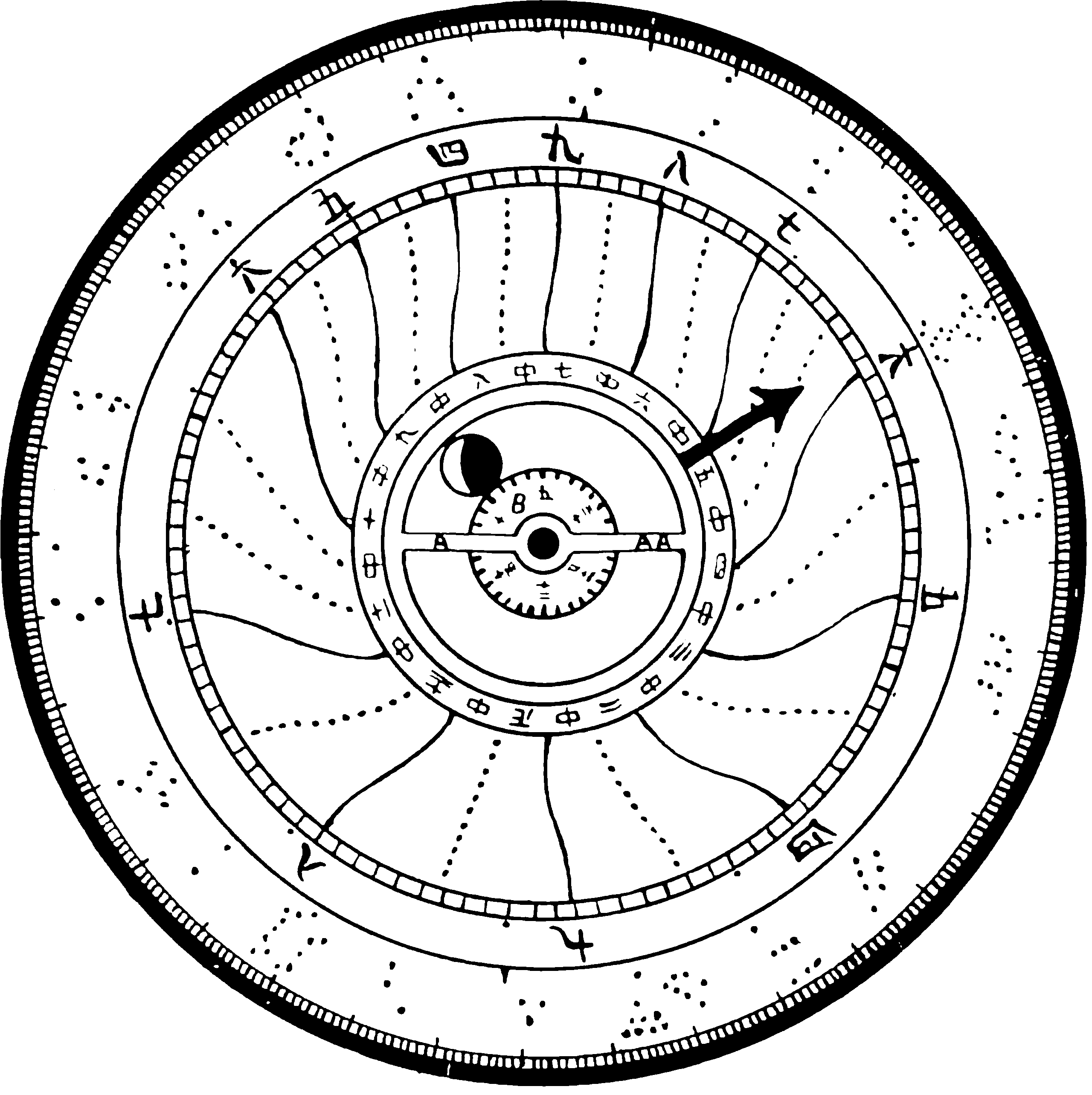Synchrony between things, especially organisms
Entrainment, synchronisation, dancing together
November 3, 2014 — April 23, 2022
Suspiciously similar content
When complicated things sync to each other. For application to music, see rhythm.
1 Mathematical basis of synchronisation
🚧TODO🚧 clarify
2 Neurological basis of synchronisation
Excited to read the new one by Jonathan Cannon A Bayesian perspective on entrainment with behavioral support.
Doelling:
“We’ve isolated the rhythms in the brain that match rhythms in music,” explains Keith Doelling, an NYU Ph.D. student and the study’s lead author. “Specifically, our findings show that the presence of these rhythms enhances our perception of music and of pitch changes.” […] Brain rhythms, they add, therefore appear to play a role in parsing and grouping sound streams into ‘chunks’ that are then analyzed as speech or music.
Or how about a dynamical systems approach? Famously, (Haken, Kelso, and Bunz 1985) does this: I found this paper fascinating, although the fact they spun several books out of it afterwards seemed to me to be gilding the lily.
3 Interpersonal synchronisation
Much to wonder about. For now, see the review in Basso, Satyal, and Rugh (2021) of stuff like (Basso, Satyal, and Rugh 2021; Kinreich et al. 2017; Toppi et al. 2016; Valencia and Froese 2020).
we synthesize findings from anthropology, sociology, psychology, dance pedagogy, and neuroscience to propose The Synchronicity Hypothesis of Dance, which states that humans dance to enhance both intra- and inter-brain synchrony
Brains Might Sync As People Interact — and That Could Upend Consciousness Research
People synchronize in various ways when we interact with one another. We subconsciously match our footsteps when we walk. During conversations, we mirror each other’s postures and gestures.
To that end, studies have shown that people synchronize heart rates and breathing when watching emotional films together. The same happens when romantic partners share a bed. Some scientists think we do this to build trust and perceive people as similar to ourselves, which encourages us to behave compassionately.
Surprisingly, people synchronize their neural rhythms, too. Researchers like Tom Froese, a cognitive scientist from the Okinawa Institute of Science and Technology in Japan, think that these findings could upend our current models of consciousness.
Pretty much everything up-ends our current models of consciousness though, apparently, so…
4 Incoming
- correlograms
- “vector strength” and event-based doohickeys versus continuous-signal systems
- Kuramoto oscillators
- Circle map
- phase locked loops
- “Entrainment” (Is that phase locking from the analysis rather than design perspective?)
- The attraction of Pythagorean rhythms
- machine listening for it
- Lucky People Center International
- Autocorrelation structures and simulating point processes from them

